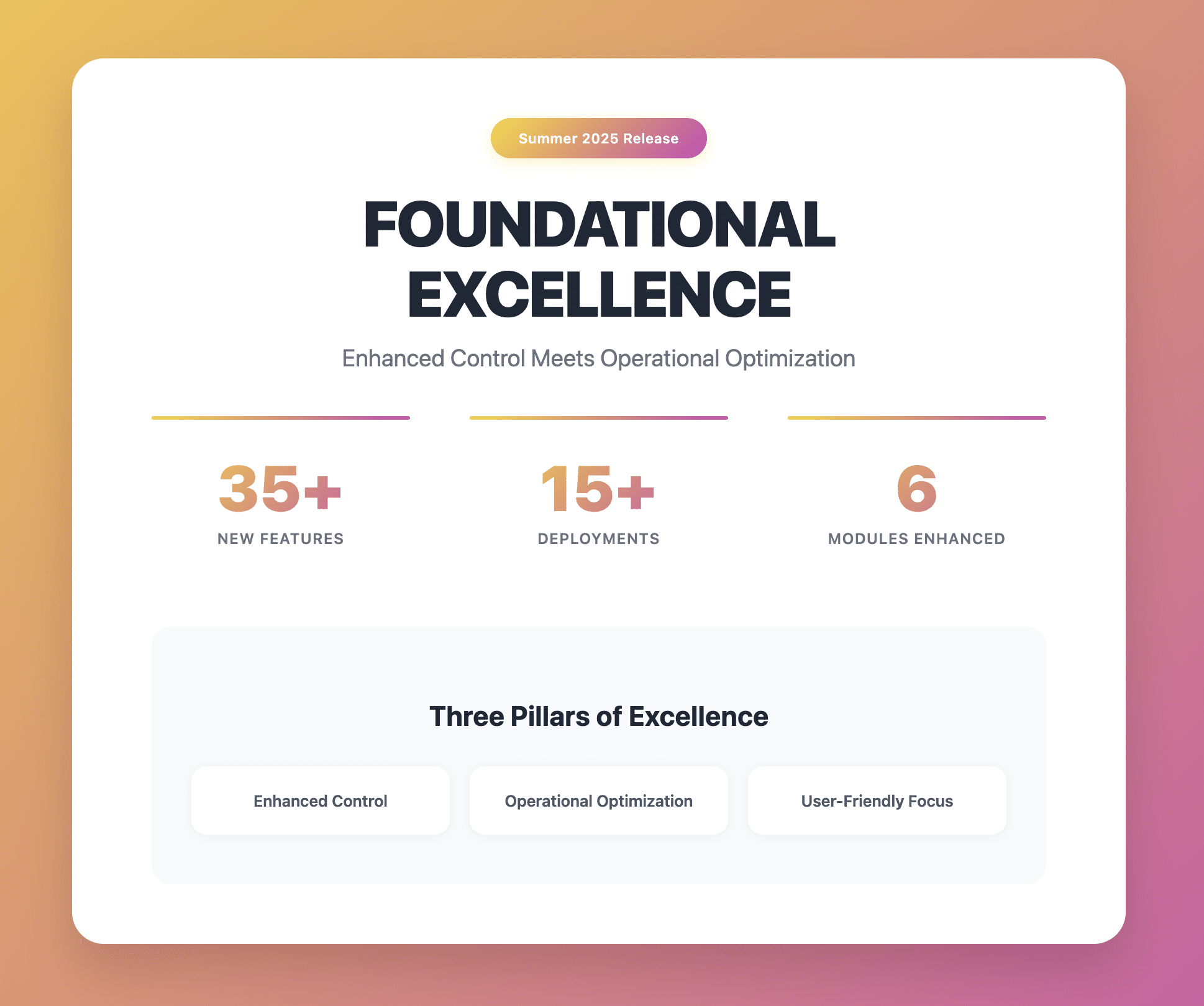A working event sponsorship is always based on a fair, profit-driven swap. For many event professionals, securing an effective event sponsor means gaining an extra revenue stream. While this is true for the most part, event sponsorships are not only about the numbers. From product promotion to a mission showcase, there’s so much more that a strong sponsorship package might include. The more creative you get, the more measurable benefits you can gain. Our recommendation is to always start your sponsorship hunting from a brainstorm, where you outline the key profits for both you and potential sponsors.
Crafting a worthy value offer is fundamental, but it’s only the first step. To attract sponsors to your event, you’ll need to build a complex communications strategy. In this blog post, you’ll find the ultimate guide to building smart sponsor relationships one step at a time.
Build your perfect sponsor list
The nightmare of any sponsorship hunt is sending generic proposals to every prospect you have on your list. As is true in any partnership, the driving force of successful sponsor relationships is personalisation. By personalisation, we not only mean catering to sponsors’ needs but also keeping in mind the goals of your event.

Once you identify the mutual benefits, try to narrow your list down to a specific number of companies. Ideally, this should include 10–15 companies that could contribute to your event in different ways.
Here is a short and effective action plan if you’re scouting for sponsorship opportunities:
- Understand what you’re looking for. Sixty-three percent of event organisers use sponsorships as a revenue source, but you can go further than that. Think about the possible vendor relationships, new ways to boost brand awareness, or strategies to beat key competitors.
- Learn more about your prospects. Take time to learn as much as you can about the organisations and companies you intend to pitch to. Knowing who your prospects’ target audiences and key values are, understanding their corporate identities, and figuring out their goals in advance puts you in a much better position to pitch a sponsorship opportunity that will surely interest them.
- Pick the winners. Don’t just focus on organisations that have similar audiences and goals. Diverse sponsorship contributions give you more capabilities for realising your event goals and expanding your reach.
Make initial contact
The first touchpoint is really a “make it or break it” experience. Personalised communication with prospects takes a lot of time and energy, so you definitely don’t want to find yourself in a situation where one wrong email ruins it all. Think about your potential sponsors as long-term business partners. Refined language, targeted proposals, and a well-organised communication process will help you not only win the right attention but also keep it.

Here are a few tips on building an excellent initial touchpoint experience:
- Collect contacts. Whether it is a corporation or a public organisation, there is always someone who makes decisions about sponsorships. Your task is to identify decision makers for each organisation to ensure that you have the right points of contact.
- Create an outreach plan. Especially if you’re targeting over 20 prospects, it’s a good strategy to have a comprehensive outreach plan. Specify all points of contact, and keep track of your communication with each of these potential sponsors. Dates, the number of submitted proposals, follow-up meetings, responses, and outcomes—try to record as much data as possible. Not only is it a good way to keep things organised but an outreach plan also helps you improve your strategy for thefuture.
- Make the first contact online. The best channel for exchanging sponsorship requests and proposals is through email communication. If you want to keep it even more casual, consider reaching out to your prospects through social media. The biggest no-no of sponsorship outreach is making initial contact through a phone call, unless you’ve interacted with the organisation before. Written proposals give your prospects time to analyse the value offer, whereas phone calls might seem intrusive and emotionally demanding.
Craft a shiny sponsorship proposal
Before approaching your potential sponsor, it’s important to at least have a sponsorship proposal written that highlights the anticipated impressions that their sponsorship would yield, marketing opportunities at the event, potential sponsorship opportunities that are available, and who your event audiences are.
The first important rule we recommend to follow here is taking small steps. If you tap into the partnerships of globally known corporations, such as the one between Nike and Amazon, you’ll spot one important thing: They don’t play big. According to Nike’s CEO, it’s really important to “test the water” before rushing into a long-term business partnership. The same works with event sponsors. Especially if you’re new in the market, make your sponsorship package attractive but also “safe.” Large investments create big expectations, and if you fail to meet the expectations of your sponsor, you might lose a strategic business partner.

To attract sponsors to an event, create several unique non-monetary offers. For instance, if you partner with large corporations, they most likely don’t need money or leads. What they could be interested in is showcasing an initiative or a message at your event. Make sure you have capabilities for that, whether through your event agenda, taglines, or entertainment activities.
To add value to your sponsorship package, include data that describes your audience or defines your previous success. From audience size to the revenue profits that your previous sponsors generated, numbers can be very telling. This will help investors understand whether sponsoring your event will pay off.
Follow up with those who didn’t respond
There is a very strong connection between acquiring sponsors and sales. While it is not always easy and fast with your prospects, it’s important to remain consistent and maintain close contact, especially when you don’t hear back from your leads right away. Follow up with emails, special offers, and social media outreach to keep your relationships alive.
According to Hubspot, there are three great techniques that you can apply when working with cold prospects:
- Try not to make your follow-up messages too emotional. Simple statements that require simple feedback work the best here.
- Talk about facts. Whether you are discussing your event or business, start the conversation by recounting important facts.
- Offer options. Sometimes your prospects simply don’t like what you’re offering. Try to provide as many alternatives as possible, whether it’s about the channel of communication, your sponsorship package, or any other important aspects of the pitch.
To dive deeper into different types of event sponsorships, as well as the best ways to acquire sponsors, download the ebook here.
Conclusion
Just as in any sphere of life, technology has become an important gamechanger in the world of event sponsorships. As the expectations of investors continue to grow, it’s important to be flexible in terms of what you can offer. Think how you can help sponsors block their competition, communicate an important social message, or grow a huge base of fans on social media.








